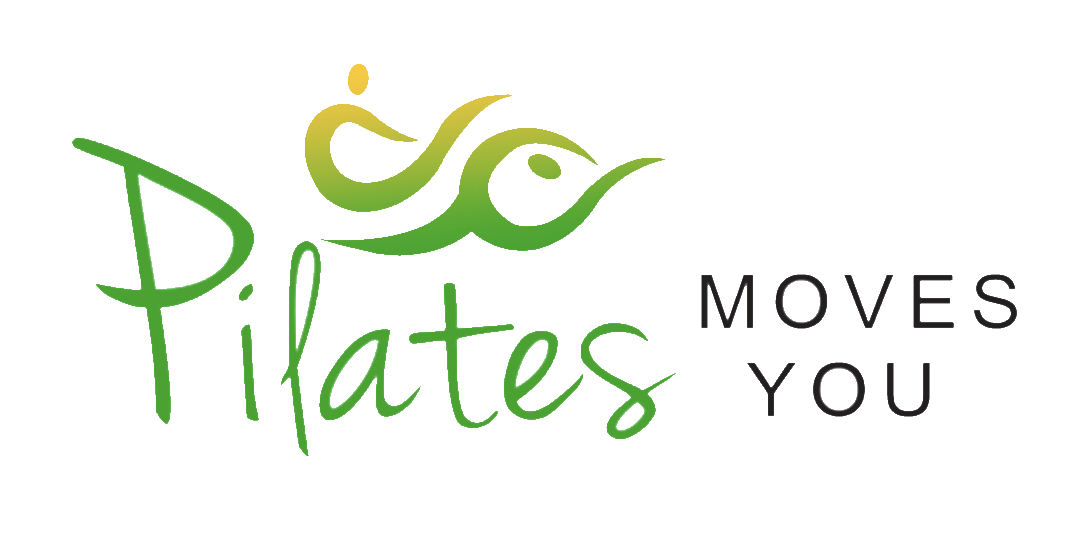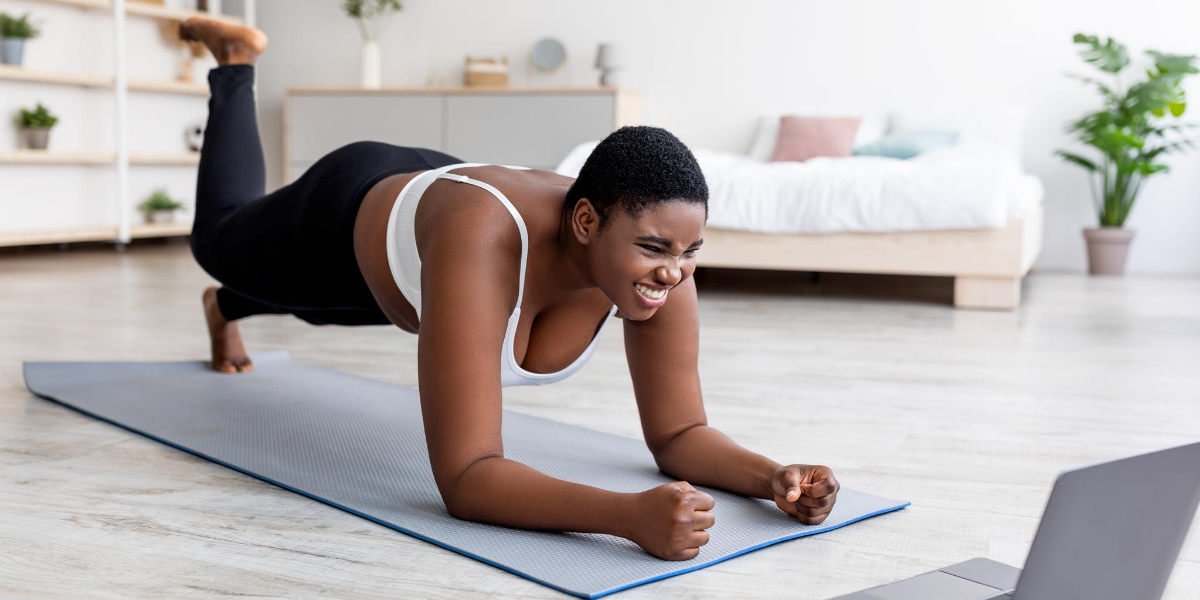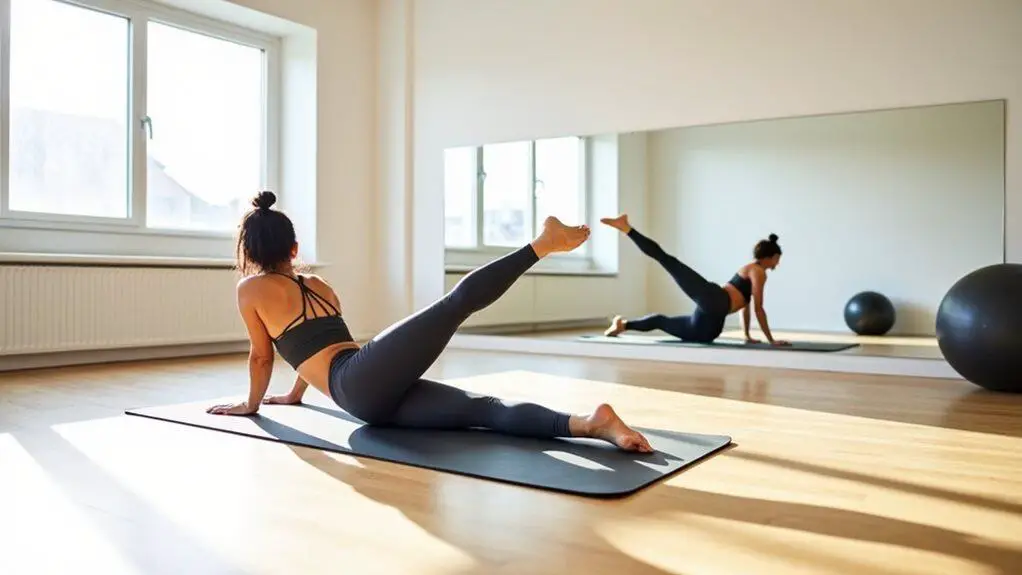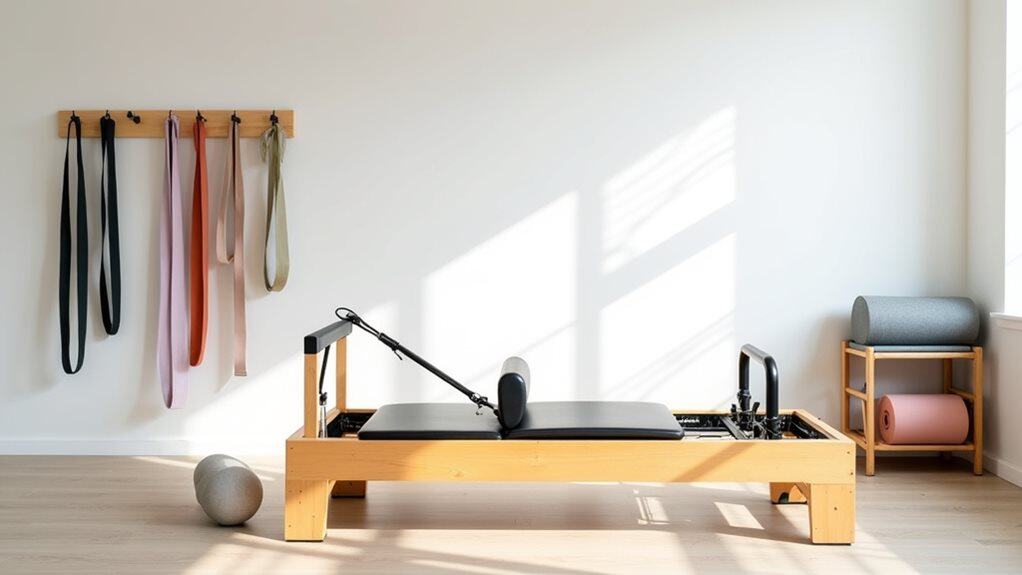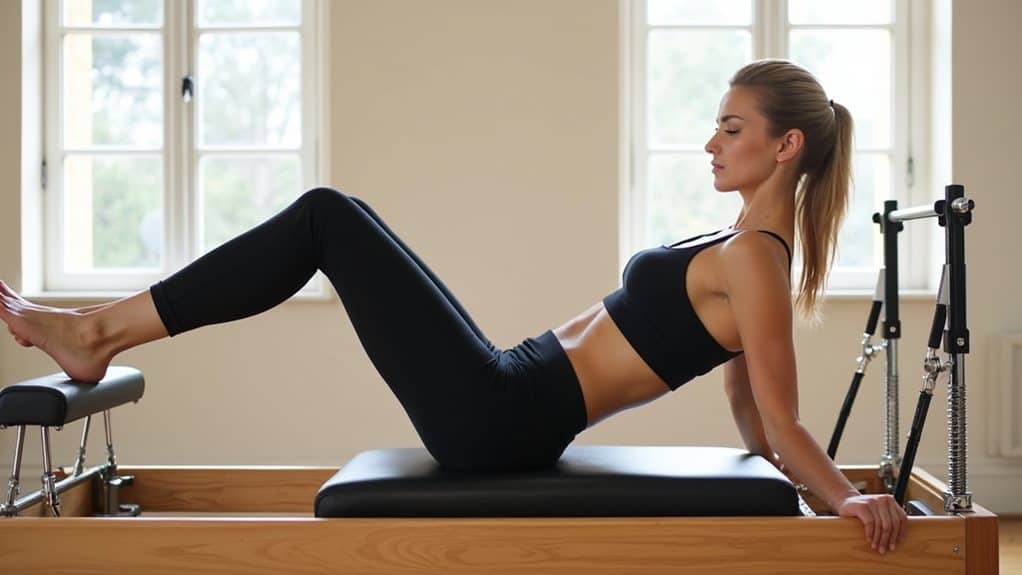If you’re looking into taking up Pilates I bet all the photos you’ve seen, be it on instructor website, adverts, or in magazines are of very slim people. Does that mean you have to be skinny to do Pilates?
You do not have to be skinny to do Pilates. The reason slimness is associated with Pilates is because people that practice Pilates also strive for a healthy life, which naturally leads to a slimmer figure along with other health benefits.
Pilates is a physical fitness program that focuses on core strength, flexibility, balance, coordination, and posture. The exercises are done using bodyweight and equipment such as exercise balls, mats, and reformer machines. While many people who participate in Pilates are thin, this is not always the case.
If you want to try out Pilates, you don’t have to be super fit. You can start by doing simple stretches and exercises at home. As you get stronger, you can move up to more challenging workouts.
Is there a weight limit for Pilates?
Pilates is a great exercise for people of all shapes and sizes!
There is no weight limit for Pilates, as the goal is to focus on “intentional, coordinated movement.” In other words, you can achieve success with Pilates regardless of your weight or size.
Many people are hesitant to try Pilates because they think they have to be skinny to do it. This isn’t true at all!
It can be mixed with other forms of fitness so that you can find what works best for you.
And finally, one of the main goals of is to make people happy by connecting exercise to enjoyment and happiness. Often, this leads to curiosity about other forms of exercise and healthy living, which leads to long-lasting improvements in the quality of life.
Is it hard to do Pilates if you’re overweight?
No, it’s not hard to do Pilates if you’re overweight. Joseph Pilates originally designed the reformer bed for people who were recovering from injury and had mobility issues.
However, any new form of exercise will be difficult to do when you start out. The exercises vary in difficulty, so find an appropriate level for you and start there. Try this beginner class and see how you get on.
I always tell people who are considering taking it up that they should seek out a qualified instructor. Having a personal trainer means you have an expert on hand to help set your fitness goals, help you understand how to modify exercises to take into account different body types, and create an exercise plan tailored to your needs.
As you get stronger, you can move up to a more challenging level. Your Pilates instructor will be able to independently assess your progress. The more often you do a move, the easier it gets, and they will keep things challenging by showing you different routines.
For more information see: The Essential Pilates Guide For Overweight People
Are there any exercises I can’t do if I’m overweight?
There is a common misconception that people who are overweight cannot be fit. This “myth” can be dangerous, as it may lead to unhealthy behaviour.
Whether you’re overweight or not, being new to Pilates means you will struggle to do all the available exercises. It takes time and practice to be able to do the wide range of exercises available.
When I have a new client who is focused on body weight, my initial aim is to change what they have as a fitness goal.
I don’t view exercise as a way of making someone lose weight, but rather as a way of feeling great about their body and pursuing health overall. The loss of weight, a stronger core, a lean body and a happier mental state are all positive benefits of regular exercise.
Depending on your current condition, you may find some exercises far more challenging than others. You must listen to your body. If it tells you not to do something, ease off.
When taking up Pilates a qualified instructor should be consulted to personalise the experience to your fitness level and goals. They will also modify exercises you struggle with and adapt them to your current ability level. Instead of touching your toes you might be asked to touch your knees.
What are the benefits of Pilates for people who are overweight?
Pilates is a great workout for people who are overweight, because it builds muscle and burns calories.
In fact, a study published on Frontiers in Physiology concluded that:
Pilates dramatically reduces body weight, BMI, and body fat percentage in adults with overweight or obesity.
Additionally, back pain is a common result of carrying around extra weight. Regular practice can be effective for managing pain, and this reduces chronic back pain.
There are lots of other benefits, if you’d like to learn more check out: The many benefits of Pilates
If you are keen to create a healthier body then my advice would be to combine Pilates with other cardio exercises. Doing a mix of exercise types several times per week not only keeps things interesting, but will help you reach your fitness goals faster.
How can Pilates help me lose weight?
There is no one-size-fits-all answer to this question, as weight loss depends on a deficit of calories and other factors.
Pilates can help you lose weight if it is part of a balanced diet and exercise regimen.
The amount of weight you’ll lose also depends on the difficulty level of the Pilates class and your own individual physiology, your diet and if you’re doing other exercise alongside Pilates.
The great thing about Pilates is the routines use bodyweight exercises, which means you don’t need any equipment as your own body will provide the resistance that you’ll work against.
Regular practice will see your body becoming stronger, with greater flexibility and mobility. Combine this regular workout with a healthy diet, and you’ll notice changes in your appearance and mental wellbeing.
I often find Pilates is something of a gateway to different types of exercise. As my clients become used to working out, they learn to enjoy how it feels and the benefits it provides. They then want to try out different, complimentary, exercises.
Will I see results if I do Pilates while overweight?
Anyone who does regular Pilates exercises will see some results. There are so many benefits to a regular practice, here are the highlights I find my clients tell me about most often:
- Helps to improve posture.
- Helps to improve balance.
- Helps to improve flexibility.
- Helps to keep focused for the rest of the day.
- It’s fun!
I can’t overstate how important that last one is. People with larger bodies can find the thought of exercise intimidating, so finding something that is fun can make the journey to a healthier lifestyle much easier to start.
You may see results in indirect ways, such as finding day to day movements getting easier.
What should I expect when doing Pilates if I’m overweight?
If you’re overweight and looking to start Pilates, there are a few things you should know. First of all, the most important aspect of weight loss is sticking to a caloric deficit, which will help with body fat reduction and overall health. Second, the amount of calories you’ll lose with Pilates depends on several variables, including your weight and how difficult the class is. Thirdly, research has shown that people who are overweight or obese may lose weight and body composition via Pilates. However, more randomized controlled studies are needed to assess the effectiveness of Pilates when it comes to body composition. Finally, keep in mind that Pilates benefits are not limited to weight loss–you can achieve many other benefits through this exercise routine without any consequence to the body.
What are the risks of doing Pilates if you’re overweight?
If you’re overweight and decide to do Pilates, there are a few things you should keep in mind. First, you need to be aware that being in a caloric deficit can be risky. This means that if you’re not careful about what you eat and how much you work out, you could end up losing more weight than is healthy for you.
Second, the amount of calories burned during Pilates depends on several factors, including your weight and the difficulty of the class. If you’re heavier, then chances are you’ll burn more calories than someone who is lighter. However, it’s important to note that Pilates alone probably won’t lead to significant weight loss for most people.
Third, there isn’t a lot of research on this topic! So far, most studies have been inconclusive or haven’t shown statistically significant results when it comes to weight loss and Pilates. However, this doesn’t mean that Pilates isn’t effective–just that we need more data before we can say anything definitive.
Fourth, Pilates is safe for everyone–even those who are overweight or have medical conditions like asthma or diabetes. In fact, doing Pilates may help them manage their condition better.
Finally, while burning calories is certainly one way that Pilates can help with weight loss goals, there are other benefits to this type of exercise as well. For example, Pilates can help improve flexibility, posture and strength.
Final thoughts
Many people think that you have to be skinny to do Pilates, but this is not the case!
Pilates is all about improving form and increasing enjoyment, and can be a brilliant first step on the path to a healthier lifestyle.
If you are specifically looking to lose weight, Pilates is just one piece of the puzzle. A healthy diet and lifestyle are the keys to unlocking a slimmer body size.
Seeking professional help is the key message I have. They will help you understand what you can and can’t do, and if you’re having trouble mastering a particular move, they will help.
As you progress you’ll be introduced to equipment that adds in a new challenge. Resistance bands and weighted balls are used throughout the class to challenge your muscles in different ways.
Remember, the goal of Pilates is to improve form and increase enjoyment. When you enjoy something, you want to do more of it and want to take on more challenges.
So what are you waiting for? Grab your mat, book a class, and let’s get started!
Source:
https://www.frontiersin.org/articles/10.3389/fphys.2021.643455/full
